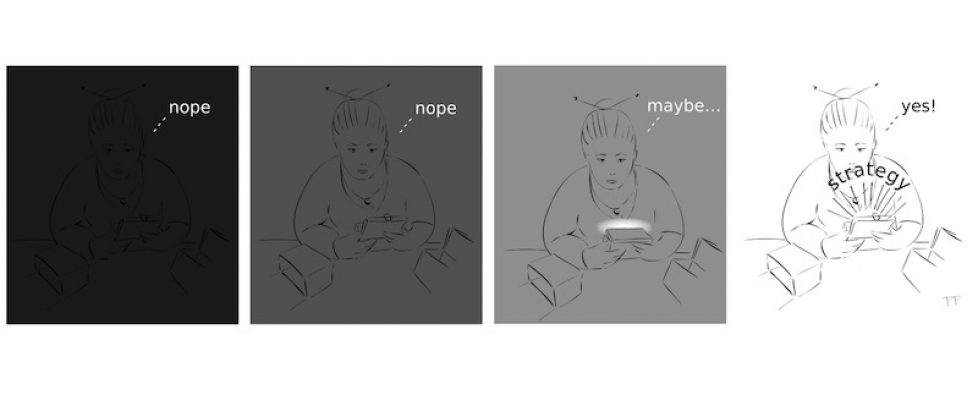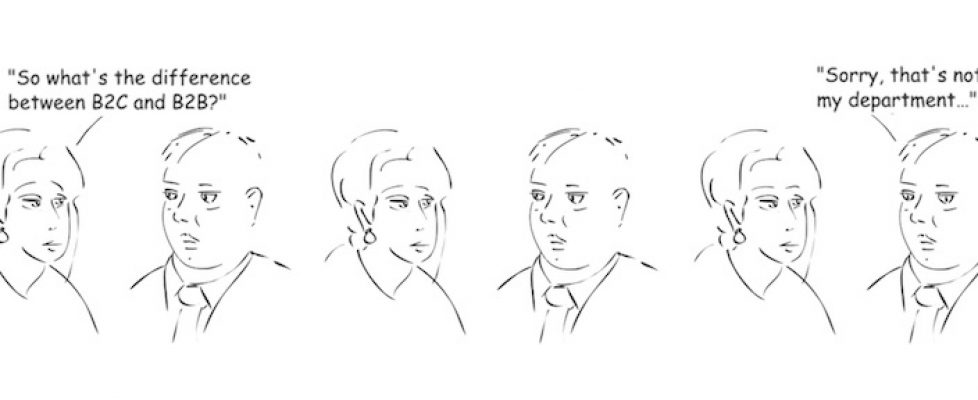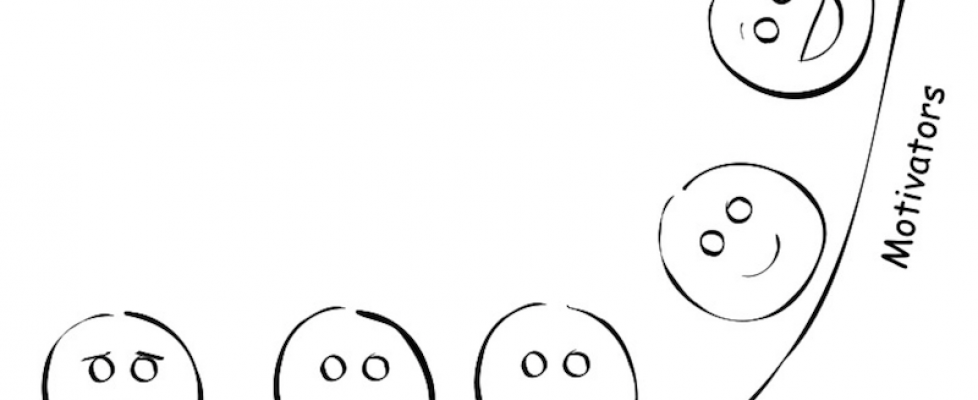CX Strategy (4) – The dangers of ‘What you see is all there is’
Welcome to the fourth article in my series on how to develop and implement a customer experience strategy. You can find the previous articles in the series here.
Before going into each step of the strategy development process, here is a special word about the data you use as a basis for your decisions. You must not assume that everything you have is everything you need to have
The danger of WYSIATI
Nobel-winner Daniel Kahneman introduced the concept of What you see is all there is (WYSIATI) in his book Thinking, Fast and Slow. The concept is that we tend to make our decisions based on woefully incomplete evidence, believing that what we currently know is all there is to know. To use a Food Babe-type example (www.foodbabe.com), “The number of cancer diagnoses has multiplied by 20 in the last hundred years. Our diet has changed totally in that time. To cure cancer, we just need to change our diet back to what it used to be.” Just so you don’t think I am picking on Food Babe (I am really), the following is equally illogical, “Life expectancy has increased by more than 20 years over the last hundred years. Our diet has changed totally in that time. Our diet is entirely responsible for the increase in longevity.”
In the world of customer experience, the symptoms are easy to recognize, once you understand the concept. A senior executive who has never met a customer finally speaks to one. He / she returns to the office and behaves as though that one customer is representative of all customers. “The customer kept going on about the color of the timer buttons on our new microwave oven. It is really a serious problem. Send two people over to the customer right away to understand the issue better. This is our top priority. Cancel whatever your people are working on until this is resolved.”
Another common WYSIATI statement you will come across is “Everyone knows that employee happiness is the most important factor in customer happiness.” In a later article, you will see that employee happiness does not have much impact on customer satisfaction in most businesses.
I receive a lot of emails that include advice on various customer experience topics. I remember one from Boomerang that provided 7 tips for getting more responses to your emails (with data) . While the tips are good, it would be a mistake to believe that these are the only seven things that matter. The study was limited in scope and did not cover things like personalization of the emails and the subject lines, for example.
Updating the elephant metaphor
You may have seen another way of representing WYSIATI. It uses the metaphor of a group of blindfolded people who try to identify what they are looking at by touching just one part of an elephant. The metaphor is helpful, but does not go as far as WYSIATI in terms of explaining the consequences of such limited beliefs. The drawing at the top of this article uses more modern Virtual Reality technology and may help you to visualize how dramatic the effect can be. If you believe that what you see is all there is, you are not living in the real world, even when the zombie apocalypse is actually happening.
Next time
The next article will be a lengthy one on a critical strategy development topic: Understanding your current situation.
As is often the case, the above is an edited version of a chapter in one of our books; in this case Customer Experience Strategy – Design and Implementation.All of our books are available in paperback and Kindle formats from Amazon stores worldwide, and from your better book retailers.








